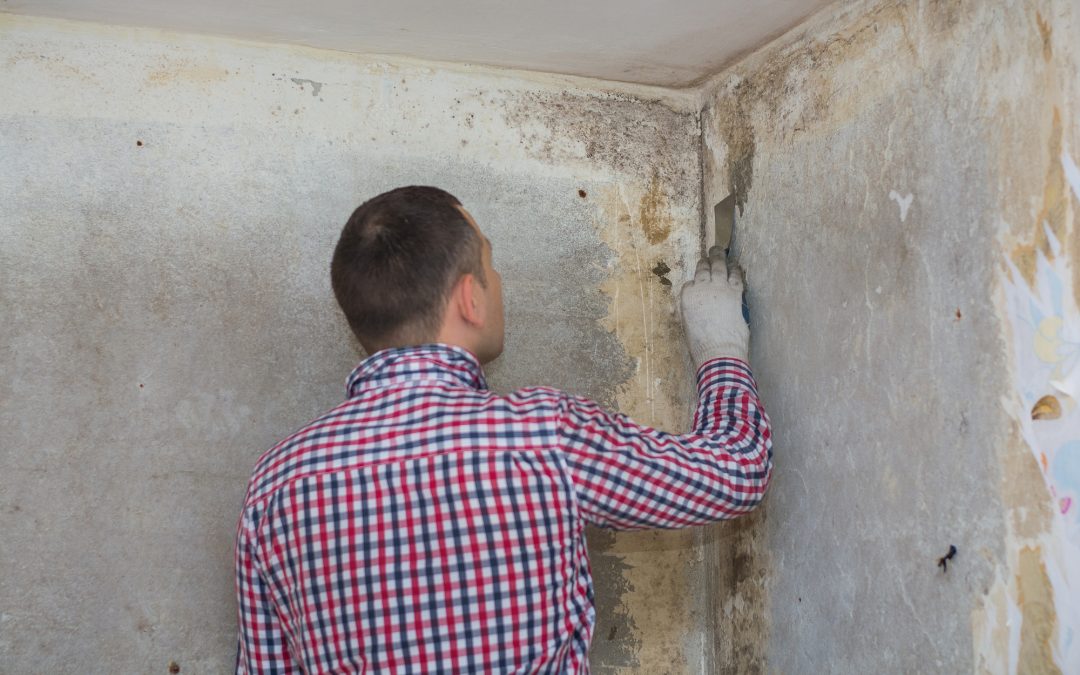Your Ultimate Overview to Post Mold And Mildew Remediation Methods
In the after-effects of mold problem, understanding exactly how to effectively get rid of the mold and mildew and avoid its reoccurrence is extremely important for maintaining a healthy indoor environment. From selecting the appropriate cleaning and decontaminating approaches to executing strategies for long-lasting mold prevention, each action in the removal journey plays a critical role in making certain a successful end result.
Recognizing Post-Mold Removal Process
After completing the mold removal procedure, it is essential to recognize the post-mold removal strategies that are needed to make certain a thorough and efficient clean-up. When the mold and mildew has been eliminated, the following action involves cleansing and decontaminating the impacted areas to prevent any type of regrowth of mold and mildew. This consists of making use of specialized cleaning agents to wipe down surface areas and kill any type of remaining mold spores. It is important to dry the area completely to discourage the development of mold and mildew in the future (what to do after mold remediation). Correct air flow and dehumidification can aid in this procedure.
Furthermore, performing a last assessment post-remediation is essential to ensure that all mold and mildew has actually been efficiently removed. If the assessment discloses any kind of sticking around mold and mildew, extra remediation might be essential.
Efficient Cleaning and Sanitizing Approaches

Avoiding Future Mold Growth

Relevance of Proper Air Flow
Appropriate ventilation plays a crucial duty in avoiding dampness buildup, a key consider mold and mildew growth within interior environments. Effective air flow systems help get rid of excess humidity from the air, reducing the opportunities of mold and mildew spores finding the dampness they require to germinate and spread out. Without sufficient air flow, indoor rooms can come to be a breeding place for mold and mildew, leading to potential health and wellness dangers and architectural damages.
By guaranteeing correct air circulation, air flow systems can also assist in drying moist areas faster after water damages or flooding incidents, additionally preventing mold development. Post Mold Remediation Report. In rooms like restrooms, attics, basements, and kitchen areas where dampness levels often tend to be greater, mounting and maintaining effective air flow systems is crucial in stopping mold and mildew invasions

Monitoring and Upkeep Tips
Offered the important duty that proper ventilation plays in stopping mold and mildew development, it is imperative to develop effective monitoring and maintenance tips to guarantee the continued performance of ventilation systems. Tracking humidity levels within the property is also important, as high humidity can contribute to mold development. By staying mindful and proactive to the condition of ventilation systems, building owners can successfully alleviate the threat of mold and mildew regrowth and keep a healthy and balanced indoor environment.
Conclusion
In verdict, post-mold address removal methods are vital for making sure a clean and safe environment. Recognizing the procedure, carrying out effective cleaning and sanitizing techniques, avoiding future mold and mildew development, keeping correct ventilation, and regular tracking are all vital action in the remediation procedure. By complying with these guidelines, you can efficiently get rid of mold and stop its return, advertising a healthy and balanced living or working room for all occupants.
In the results of mold infestation, knowing exactly how to effectively remove the mold and avoid its reoccurrence is vital for preserving a healthy and balanced indoor atmosphere. As soon as the mold has been removed, the next step involves cleansing and disinfecting the impacted areas to protect against any kind of regrowth of mold - Post Mold remediation cleaning. After removing visible mold development, it is vital to clean up all surface areas in the damaged location to eliminate any continuing to be mold spores. To better enhance mold and mildew prevention measures, it is essential to attend to underlying concerns that originally led to mold and mildew development.Given the vital function that official source appropriate air flow plays in protecting against mold growth, it is necessary to develop reliable tracking and upkeep ideas to make sure the ongoing capability of air flow systems